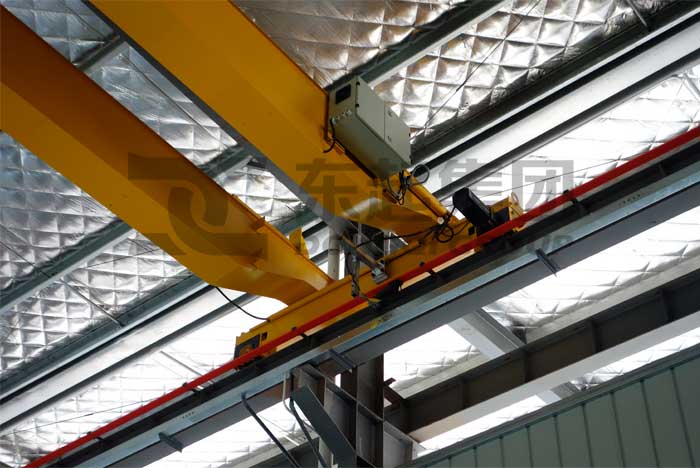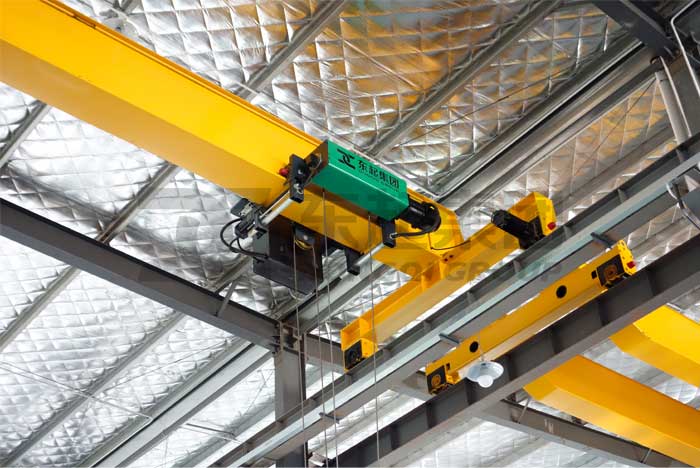Crane Motor and Hoist Motor Requirements
03 Apr, 2018
Crane motor is the most important part of a crane. What’s the requirements of crane motor? What’s the selection requirements of hoist motor? Below is the answers.
Crane Motor Requirements
The working characteristics of lifting machinery: repeated short-time operation, frequent starting, braking and reversing, often overloaded, there is a strong mechanical vibration and impact, the working environment is dusty, and there are metal dust and so on. In order to meet the crane's working requirements, the crane motor has the following features compared to general industrial motors:

- The crane motor is manufactured in intermittent periodic work types. Usually, the three parameters of the load continuation rate, the number of power connections and the number of lifts are used to describe the intermittent cycle work conditions of crane electrical equipment. As an important basis for selection;
- Crane motor has high starting torque and maximum torque (ie overload capacity);
- The lifting motor has a small rotor inertia, and the rotor has a large diameter;
- The maximum safe speed of the lifting motor exceeds the rated speed multiple times, which is generally 215 times of the synchronous speed;
- Motors for cranes have two or more types of insulation and are used at different ambient temperatures.
electric hoist Motor Selection Requirements
Electric hoists often work in short-time repetitions, frequent starts and reversals, overloads and harsh environments. Therefore, motors are required to have the following characteristics:

- Under the specified working conditions (short-term repetitive work mode, certain electrical continuity rate), electric hoist motor heat does not exceed the allowable value;
- The starting torque multiple of the electric hoist and the maximum torque multiple are large to meet the requirements of frequent starting and overload starting;
- The rotor's moment of inertia is small to shorten the start-up acceleration time;
- The electric hoist and other mechanical structures are strong and have good sealing performance.
In the crane, the operating mechanism of the hoist crane is generally a conical rotor squirrel-cage motor, other crane institutions often use wound induction motor, and some use disc brake motor.
Related Products
![Electric Hoist Trolley| Electric Winch Trolley]() Electric Hoist Trolley| Electric Winch Trolley
Electric Hoist Trolley| Electric Winch Trolley![European Standard Double Girder Overhead Crane]() European Standard Double Girder Overhead Crane
European Standard Double Girder Overhead Crane![European Standard Double Girder Overhead Crane]() European Standard Double Girder Overhead Crane
European Standard Double Girder Overhead Crane![ND European Electric Hoist]() ND European Electric Hoist
ND European Electric Hoist

